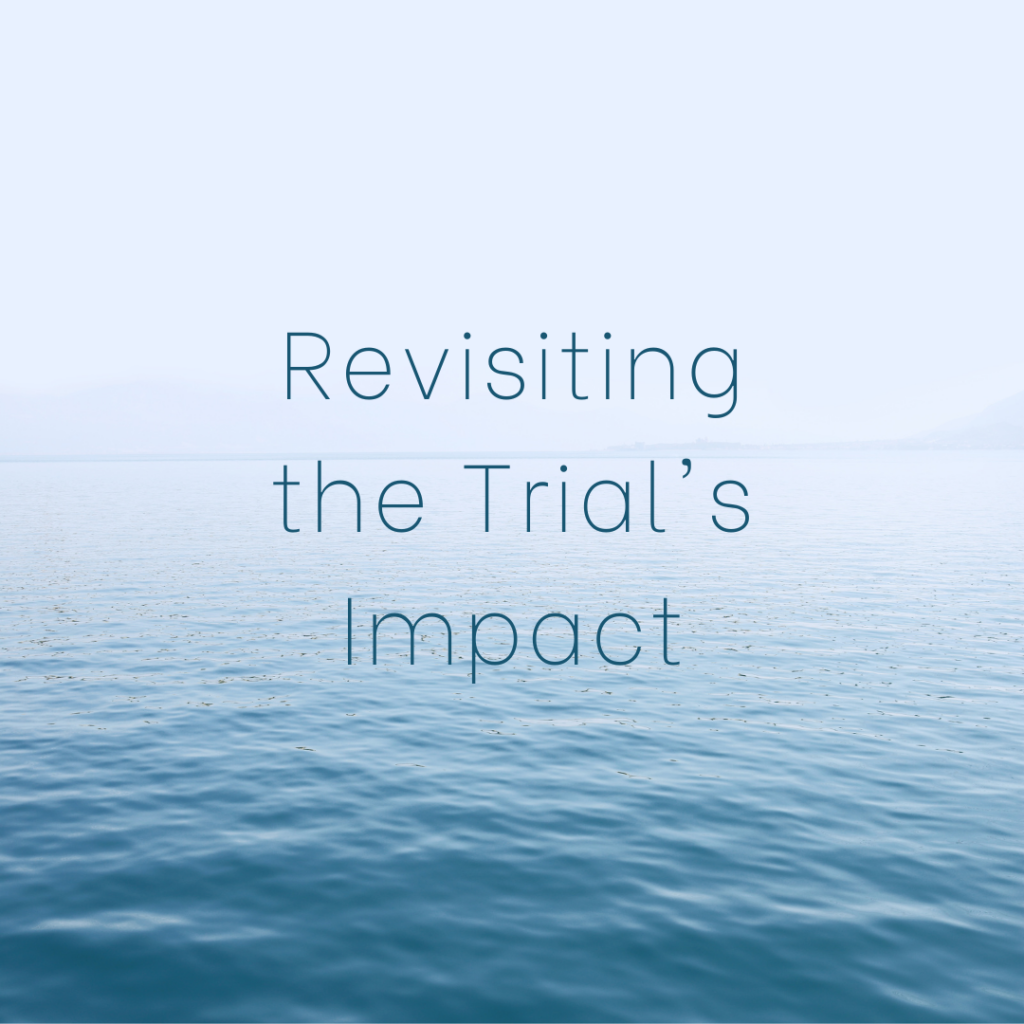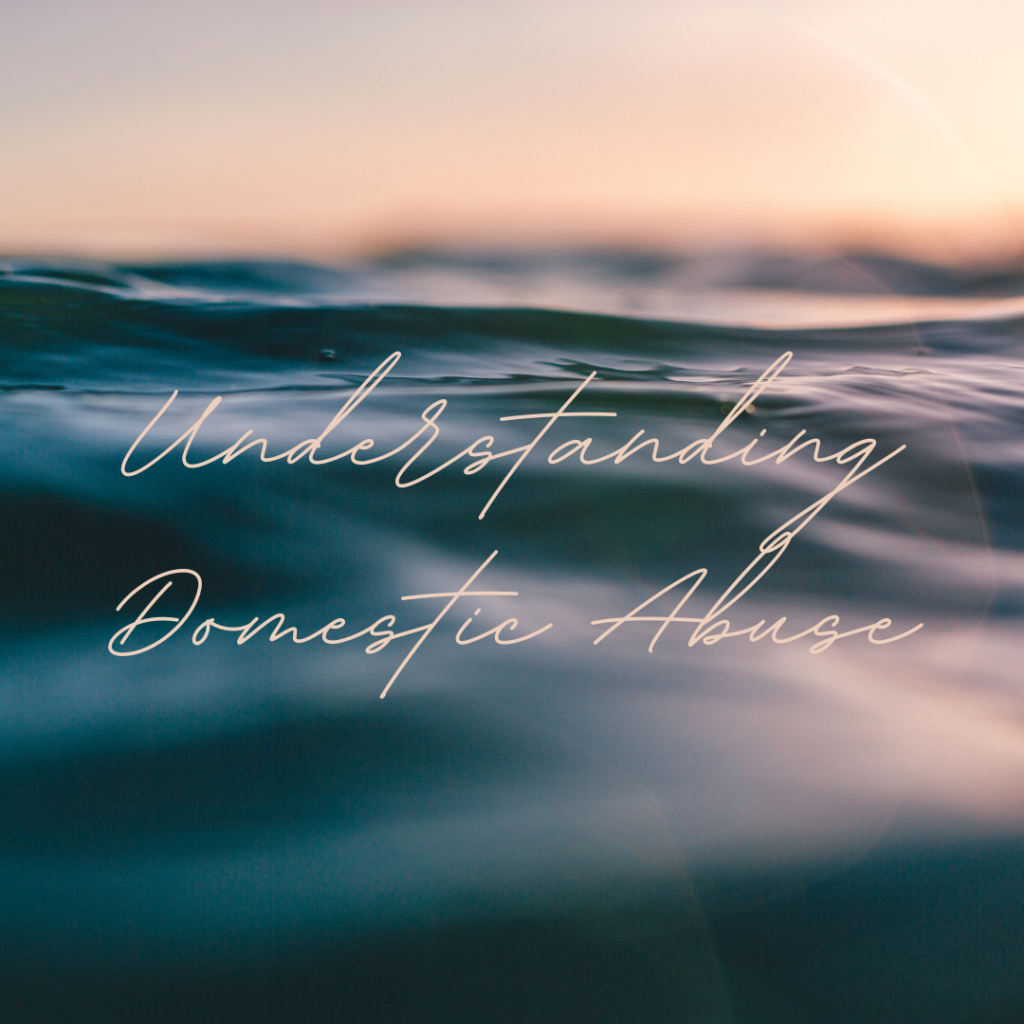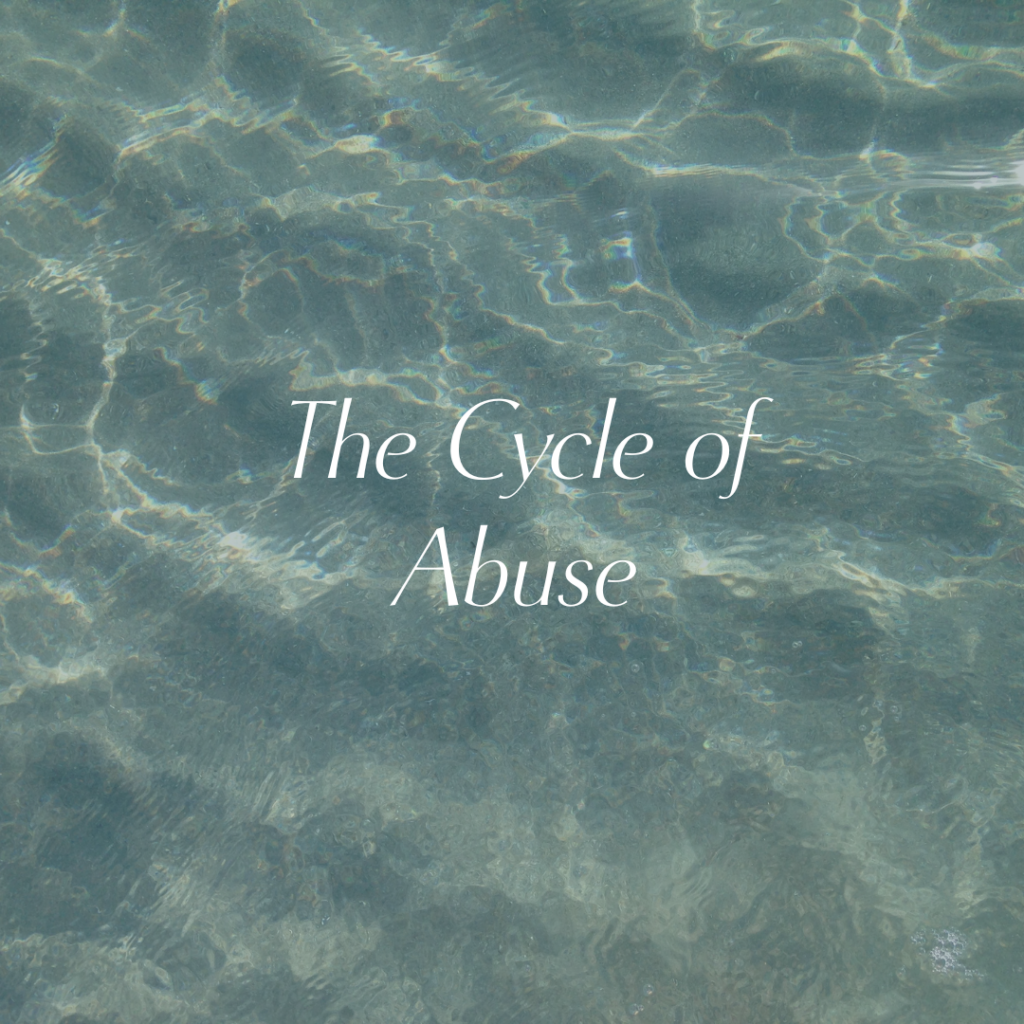When O.J. Simpson passed away, it reignited a flood of articles and discussions about his life. This was to be expected. Much of the focus was on his earlier fame as a football star, actor, and sportscaster. However, the dark shadow of his wife’s murder and the subsequent trial brought a crucial spotlight to the issue of domestic violence.
As I read through the various articles, I began to reminisce about that time. I was dating my now ex-husband, completely unaware of the abusive relationship I was in. At that point in my life, I was in college, had a young child, and believed I was in love. The concept of being abused didn’t even cross my mind. It took me years to realize I was being abused, and only when I started reading about O.J. and Nicole after his death did I recognize similar patterns in my personal journey.
Growing up just south of Los Angeles, I clearly remember the day of the infamous slow chase in the white Bronco. I was at school, worried about how long it would take me to get home because he was on the freeway I usually took. The media coverage was relentless, and the court revelations about O.J.’s relationship with Nicole were shocking. Despite the outrage I felt when he was acquitted—seemingly due to his fame and wealth—I didn’t see myself as an abuse victim at the time. The public’s fascination with Simpson’s downfall overshadowed the personal stories of abuse that many, including myself, were living through.
During this period, I was blind to the signs of domestic abuse in my own life. Despite the growing evidence and many red flags, I didn’t recognize the abuse for what it was. I spent over 20 years with my abuser, a time span that eerily mirrors the length of O.J. and Nicole’s relationship. This prolonged period of unrecognized abuse highlights the urgent need for more comprehensive education on domestic violence, particularly for young adults and teens.
I didn’t know about gaslighting back then. I trusted my ex, and when I would tell him that his pinching hurt and was abusive, he would dismiss my feelings, saying he was showing me how much he loved me. Now, I see it as a way of marking his “property.” I was blind to the mind games, the manipulation, and the cyclical nature of our relationship—breaking up and getting back together was part of a cycle of abuse I couldn’t see.
I wish I had known that abuse isn’t always what we see on TV. It isn’t always a guy beating up his girlfriend or wife. Abuse can be subtle, insidious, and psychological. It’s the erosion of self-esteem, the isolation from loved ones, the constant doubt instilled by gaslighting, and the manipulation masked as love. If I had been equipped with the knowledge to identify these warning signs—like emotional manipulation, financial control, and psychological abuse—I might have sought help much sooner.
Educational programs should emphasize that abuse can manifest in many forms and should teach young people how to spot these signs early on. Empowering individuals with this knowledge can help them recognize unhealthy patterns, seek support, and ultimately escape abusive environments before they escalate. Only through such proactive education can we hope to prevent others from enduring the prolonged suffering that many, including myself, have faced.

Revisiting the Trial’s Impact
Following news of O.J. Simpson’s death, experts revisited how the murders and subsequent trial reshaped discussions of domestic violence. The case forced the country to confront domestic violence, transforming it from a private issue to a public concern. Charmine Davis, director of family wellness at the Jenesse Center, highlighted how the murders changed the way bills were passed and how the entire system viewed domestic violence.
Angela Hattery, professor of women and gender studies at the University of Delaware, noted that the trial was a missed opportunity. While the nation debated Simpson’s guilt or innocence, it overlooked the signs of intimate partner violence that Nicole had reported before her murder. For many, the trial and its aftermath highlighted the need for better protection and support for victims of domestic violence.
The Legacy of Nicole Brown Simpson
Before Nicole’s murder, advocates had been tirelessly working to pass legislation to protect victims of domestic violence. The awareness generated by the murders helped Congress pass the Violence Against Women Act (VAWA), aimed at stopping battery, sexual assault, and other forms of violence against women.
After the murders, there was a significant increase in donations and calls to shelters. More women felt empowered to speak out about their abuse. We learned more about Nicole’s attempts to document and protect herself. Several months after her murder, a safe deposit box was found containing pictures of her swollen face, letters from O.J. apologizing and admitting to the abuse, and a journal detailing his stalking behavior. It became evident that he isolated her from her family and friends, classic signs of domestic abuse.

Understanding Domestic Abuse
Domestic abuse, also known as intimate partner violence (IPV), can take many forms, including physical, emotional, psychological, and economic abuse. It’s important to recognize that abuse is not only about physical violence but also about control and power over another person.
Physical Abuse
Physical abuse involves the use of physical force against a partner. It includes hitting, slapping, punching, kicking, choking, and using weapons. Physical abuse is often easier to recognize because of the visible injuries it causes.
Emotional and Psychological Abuse
Emotional and psychological abuse can be just as damaging as physical abuse, if not more so. It includes verbal abuse, threats, intimidation, and manipulation. The abuser may use tactics such as gaslighting, where they make the victim doubt their own reality and sanity. This type of abuse erodes the victim’s self-esteem and mental health over time.
Examples of emotional abuse include:
- Gaslighting: Making the victim question their reality.
- Isolation: Controlling where the victim goes, who they see, and what they do.
- Verbal Abuse: Insults, belittling, and constant criticism.
- Threats: Threatening harm to the victim, loved ones, or pets.
Economic Abuse
Economic abuse involves controlling a victim’s access to financial resources, making them financially dependent on the abuser. This can include withholding money, preventing the victim from working or sabotaging their employment opportunities.

The Cycle of Abuse
Domestic abuse often follows a recognizable pattern known as the cycle of abuse. Understanding this cycle can help victims recognize the signs and seek help.
- Tension Building: Tensions increase, communication breaks down, and the victim feels the need to placate the abuser.
- Incident: The abuser releases the built-up tension through verbal, emotional, or physical abuse.
- Reconciliation: The abuser apologizes, gives excuses, blames the victim, or denies the abuse occurred. They may offer gifts or affectionate gestures.
- Calm: Also known as the “honeymoon” phase, the abuser acts lovingly, and the relationship seems stable until the cycle begins again.
The Complexities of Race and Celebrity
The O.J. Simpson trial also highlighted the complexities of race and celebrity in America. Simpson’s acquittal in 1995 came at a time of heightened racial tensions in Los Angeles, just three years after the Rodney King trial. The trial became a focal point for discussions on the criminal justice system, race relations, and the power of celebrity.
For many in the Black community, Simpson’s trial was seen through the lens of systemic racism and the criminalization of Black men. However, as noted by law professor Katheryn Russell-Brown, this view was not universally held, and there were significant nuances in how different segments of the community perceived Simpson and his trial.
Raising Awareness and Changing Perspectives
The O.J. Simpson trial and its aftermath played a crucial role in raising awareness about domestic violence. It highlighted the need for better protection and support for victims. The trial showed us the importance of believing survivors and recognizing the signs of abuse.
For those of us who lived through it, the case serves as a reminder of the work still needed to protect victims and hold abusers accountable. Nicole’s legacy lives on in the strides made in domestic violence awareness and the legislative changes that followed.

Resources for Help
If you or someone you know is experiencing domestic violence, there are resources available to help:
- National Domestic Violence Hotline: 1-800-799-7233 (SAFE)
- Loveisrespect: Text “LOVEIS” to 22522 or call 1-866-331-9474
- Local shelters and support organizations: Many communities have local organizations that provide support, shelter, and resources for domestic violence victims.
Conclusion
O.J. Simpson’s life and trial left an indelible mark on society. Beyond the sensationalism and media frenzy, it brought crucial issues of domestic violence to the forefront. Nicole Brown Simpson’s tragic story helped pave the way for legislative changes and increased support for victims, ensuring that her death was not in vain. As we continue to reflect on these events, it’s important to remember the lessons learned and strive for a society where domestic violence is no longer tolerated.
FAQs
1. What was the Violence Against Women Act (VAWA)? The Violence Against Women Act (VAWA) is legislation aimed at ending violence against women and providing resources and support for victims of domestic violence, sexual assault, and other forms of abuse.
2. How did Nicole Brown Simpson’s death impact domestic violence awareness? Nicole Brown Simpson’s death brought significant attention to domestic violence issues, leading to increased donations and support for shelters and the eventual passage of the VAWA.
3. What evidence was found in Nicole’s safe deposit box? The safe deposit box contained pictures of her swollen face, letters from O.J. Simpson apologizing and admitting to abuse, and a journal detailing his stalking behavior.
4. How did the O.J. Simpson trial change public perception of domestic violence? The trial highlighted the struggles victims face in being believed and the importance of recognizing and addressing domestic violence, influencing public perception and legislative actions.
5. What are the different forms of domestic abuse? Domestic abuse can take many forms, including physical, emotional, psychological, and economic abuse. Each form is damaging and can have long-lasting effects on the victim’s well-being.
6. What is the cycle of abuse? The cycle of abuse includes four stages: tension building, incident, reconciliation, and calm. Understanding this cycle can help victims recognize the signs and seek help.




